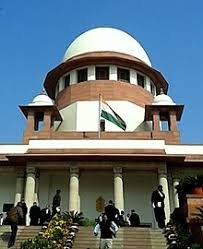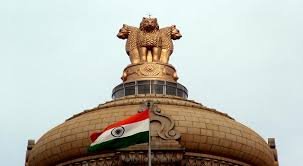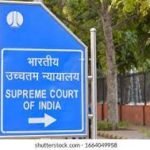The dispute originated from an order by the High Court of Punjab and Haryana in a writ petition (CWP No. 13538 of 2020). The core issue concerned an inter-bank dispute between the appellant bank and the respondent bank (Punjab National Bank). This dispute arose after the borrower, M/S Sri Nangli Rice Mills Pvt. Ltd., defaulted on a credit facility agreement from 2006. The appellant bank had taken symbolic possession of the factory premises and pledged stocks of rice and paddy after classifying the loan as a Non-Performing Asset (NPA) and issuing a demand notice of Rs. 62.10 crore under the SARFAESI Act, 2002. The Debt Recovery Tribunal-I (DRT) had previously directed a joint sale of the secured assets by both banks. The High Court had dismissed the writ petition filed by the appellant, directing the parties to resolve their dispute through arbitration under Section 11 of the SARFAESI Act, 2002.
Law Involved : The judgment primarily interprets and applies:
- The Securitization and Reconstruction of Financial Assets and Enforcement of Security Interest Act, 2002 (SARFAESI Act).
- Specifically, Section 11 of the SARFAESI Act, which deals with the resolution of disputes relating to securitisation or reconstruction or non-payment of any amount due.
- The Arbitration and Conciliation Act, 1996, as the High Court’s impugned order referred the dispute to arbitration under this Act.
- The jurisdiction of Debt Recovery Tribunals (DRTs).
Reasoning:
The Supreme Court deliberated on the scope and meaning of “dispute” under Section 11 of the SARFAESI Act. The Court confirmed that the SARFAESI Act was enacted to facilitate recovery of dues for banks and financial institutions. However, a key aspect of the Court’s reasoning was that Section 11 of the SARFAESI Act does not apply to disputes between banks, financial institutions, Asset Reconstruction Companies (ARCs), or Qualified Buyers who are otherwise a borrower in a different context. The term “borrower” as defined in Section 2(f) of the SARFAESI Act refers to the party that has been granted financial assistance, not another bank involved in an inter-se dispute.
The Court affirmed that while Section 11 of the SARFAESI Act is mandatory for disputes that fall within its purview, the present case involved a conflict between two financial institutions concerning pledged stock, which is distinct from a borrower-lender dispute directly related to securitisation or reconstruction. The Court concluded that such inter-se disputes between banks are not intended to be resolved through the specific arbitration mechanism provided by Section 11 of the SARFAESI Act. Therefore, the High Court was correct in determining that the DRT had no jurisdiction to adjudicate this specific inter-bank dispute under Section 17 of the SARFAESI Act.
Holding
The Supreme Court dismissed the Civil Appeal. The Court upheld the High Court’s impugned order, thereby affirming that the dispute between Bank of India and Punjab National Bank must be resolved through arbitration under the Arbitration and Conciliation Act, 1996, and not under the specific arbitration provision of Section 11 of the SARFAESI Act. The Court held that Section 11 of the SARFAESI Act does not apply to disputes between two banks. The parties shall bear their own costs.
Bank Of India V. M/S Sri Nangli Rice Mills Pvt. Ltd. And Others
Supreme Court: 2025 INSC 765: (DoJ 23-05-2025)







